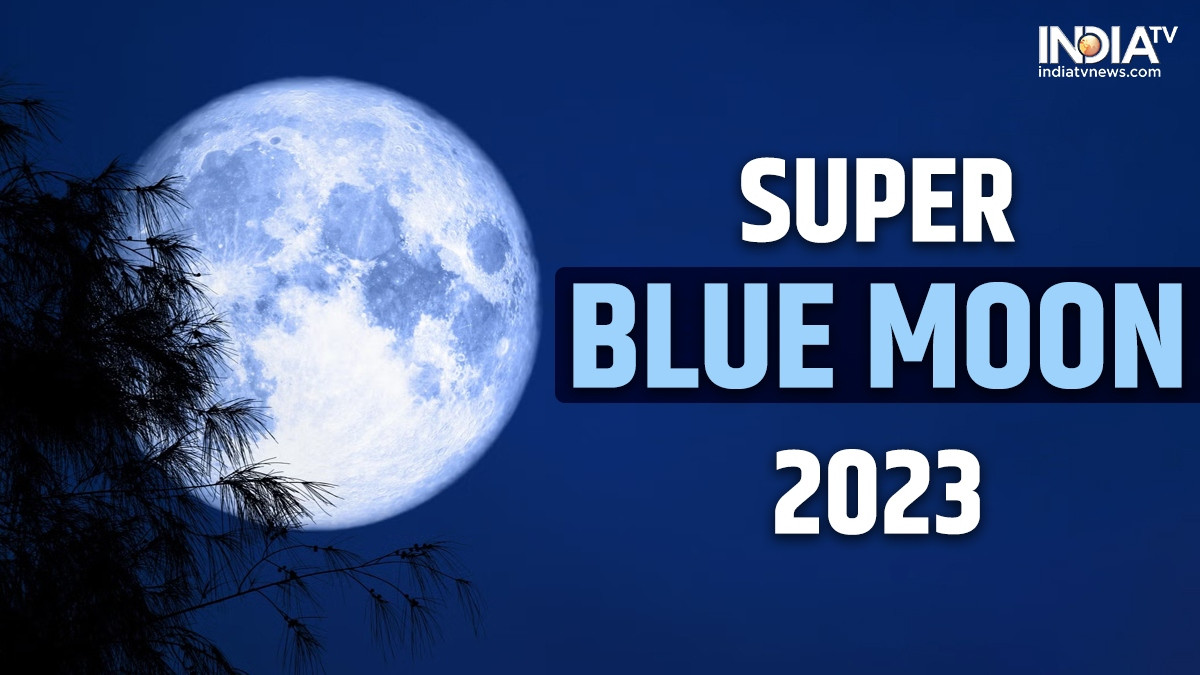The news has spread like wildfire, seemingly more fantastical than scientific reality. An American research team has discovered a remarkably simple, safe, and captivating method to render a living mouse transparent within mere minutes.
The series of experiments led by Guosong Hong could fill the pages of a science fiction novel. This materials science researcher and his colleagues at Stanford University in the United States have successfully peered inside a mouse without resorting to a scalpel, achieving this feat by rendering its skin transparent. Their approach? Simply rubbing the shaved belly of the mouse with a solution containing tartrazine (E102), a yellow food dye commonly used in M&M's.
“About five minutes later, the mouse’s opaque skin temporarily became a living window that revealed the branching of blood vessels, muscle fibers, and contractions of the intestinal tract,” reports The Washington Post. These results, which might seem “magical,” “are based on the fundamentals of optics,” enthuses the American daily. They are the subject of a scientific article published in Science.
Before understanding how skin can become transparent, a dive into the realm of physics is essential. As The Guardian aptly explains, “When light passes through biological tissue, it scatters significantly because the structures within the tissue have different refractive indices—the degree to which light bends as it passes through them—and are packed very tightly together.” The outcome is an opaque appearance for our eyes, similar to the effect of dense fog.
However, Researchers have discovered that tartrazine molecules, a yellow food dye, upon being absorbed by tissues, hinder the scattering of light. It's as if they dispel the fog, making the tissues transparent. By simply rubbing a tartrazine solution on the abdomen of a living mouse, for instance, researchers observed its intestines appearing within just a few minutes. They envision that with injections, the effect could open up even more possibilities.
The Potential of Transparency for Medical Advancements
Could this technique be applicable in human medicine? It could potentially replace some costly diagnostic procedures. But the use of dyes can be harmful. Since human skin is significantly thicker than that of mice, researchers must first determine the appropriate dosage. Alternatively, they could explore other molecules that might be more effective than tartrazine.
The Potential of Transparency for Medical Advancements
While the use of tartrazine to achieve transparency in mice is a fascinating discovery, it's crucial to recognize the potential challenges and limitations. The safety of this technique for human use remains to be thoroughly investigated. Furthermore, the long-term effects of introducing tartrazine into the body are yet to be fully understood.
A Glimpse into the Future of Medical Imaging
Despite these uncertainties, the potential of this innovative technique for advancing medical imaging is undeniable. By rendering tissues transparent, researchers could gain unprecedented insights into the inner workings of the body, allowing for early detection of diseases, more accurate diagnosis, and potentially even less invasive surgical procedures.
This remarkable discovery opens a window into the future of medical imaging, where transparency could revolutionize our understanding of human health and disease. While challenges remain, the potential benefits are vast, offering hope for a future where medical diagnoses and treatment are more precise, less invasive, and ultimately more effective.


















